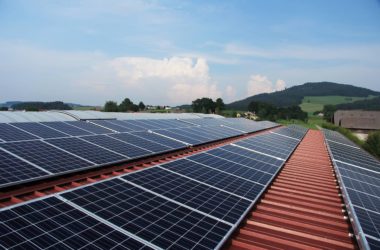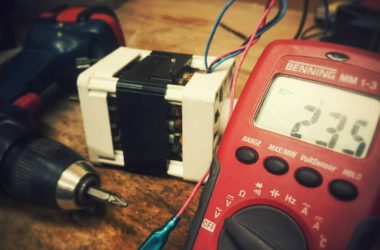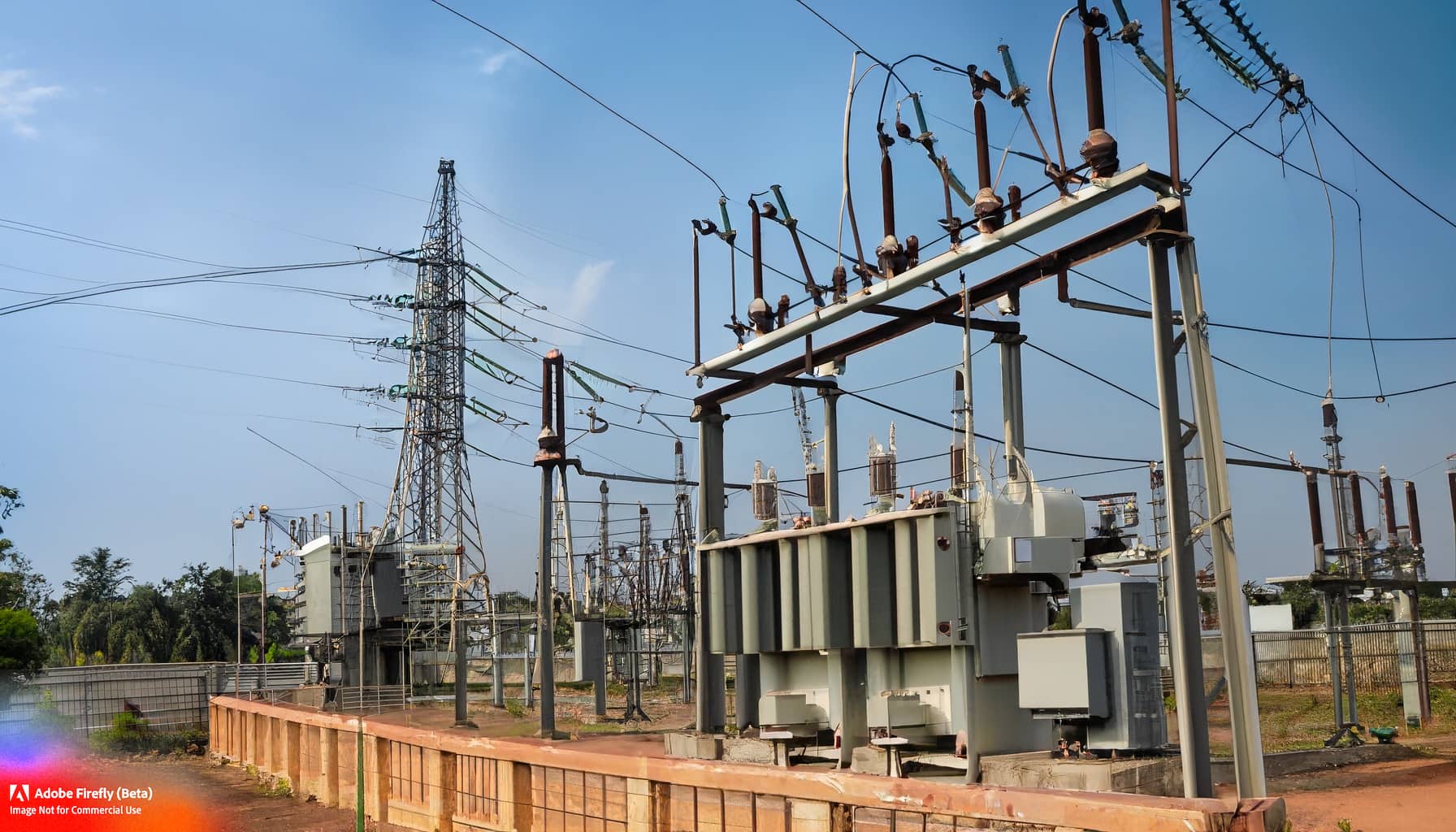Table of Contents Show
In a country as vast and diverse as India, power distribution faces numerous challenges. From meeting the energy demands of a growing population to addressing infrastructure limitations, India’s power sector encounters unique hurdles. This blog post delves into the power distribution challenges in India and explores potential solutions to overcome these obstacles.
Insufficient Infrastructure and Electrification Gaps
India’s power distribution challenges stem from inadequate infrastructure and electrification gaps. Despite significant progress, certain regions, especially rural areas, still lack reliable access to electricity. Uneven distribution networks, outdated equipment, and transmission losses further exacerbate the problem.
Upgrading Transmission and Distribution Infrastructure
To address this challenge, India needs substantial investments in upgrading its transmission and distribution infrastructure. This includes strengthening power grids, replacing outdated equipment, and expanding coverage to remote areas. Modernizing infrastructure can enhance reliability, reduce losses, and improve energy access for all.
Rural Electrification Initiatives
Rural electrification remains a priority for India. Government schemes like the Deen Dayal Upadhyaya Gram Jyoti Yojana (DDUGJY) aim to provide electricity to every village and household. Implementing such initiatives requires meticulous planning, optimized resource allocation, and community participation to bridge the electrification gaps.
Power Theft and Revenue Loss
Power theft is a pervasive problem in India, leading to significant revenue losses for power distribution companies. Unauthorized connections, meter tampering, and billing irregularities contribute to this issue. Addressing power theft is essential for the financial viability of the power sector.
Strengthening Metering and Billing Systems
To combat power theft, robust metering and billing systems must be in place. Smart meters and advanced metering infrastructure enable accurate measurement of electricity consumption, real-time monitoring, and remote disconnection and reconnection capabilities. Implementing these technologies can minimize revenue losses and improve transparency.
Enhanced Vigilance and Legal Measures
Strong vigilance mechanisms and legal measures are crucial to deter power theft. Increased surveillance, strict enforcement, and penalties for offenders can act as deterrents. Public awareness campaigns highlighting the detrimental effects of power theft can also contribute to behavioral change and foster a sense of responsibility.
Fluctuating Demand and Load Management
India’s power distribution system grapples with fluctuating demand patterns, resulting in challenges related to load management. Peaks in demand, especially during summer months or festive seasons, often exceed the available supply capacity, leading to frequent power outages and load shedding.
Demand-Side Management Strategies
Implementing demand-side management strategies can help address load management challenges. Promoting energy efficiency, encouraging the use of energy-saving appliances, and incentivizing demand response programs can help manage peak demand. Educating consumers about their energy consumption patterns and offering them tools for monitoring and optimizing usage can contribute to load balancing.
Integrated Energy Storage Solutions
Integrating energy storage solutions can enhance load management capabilities. Battery energy storage systems, pumped hydro storage, and other emerging technologies can store excess electricity during periods of low demand and supply it during peak hours. These solutions provide grid flexibility, stabilize the power supply, and reduce reliance on conventional fossil fuel-based power plants.
Renewable Energy Integration
India’s ambitious renewable energy targets pose integration challenges within the power distribution system. The intermittent nature of renewable energy sources like solar and wind power requires efficient integration and management strategies.
Grid Upgrades and Interconnection
Upgrading the power grid infrastructure and establishing interconnections between different regions can facilitate the integration of renewable energy sources. Improved grid flexibility, smart grid technologies, and grid-scale energy storage can enhance the stability and reliability of renewable power generation.
Policy Support and Incentives
Clear policies and regulatory frameworks that support renewable energy integration are crucial. Incentives such as feed-in tariffs, tax benefits, and renewable purchase obligations can encourage power distribution companies to invest in renewable energy projects. Streamlining approval processes and promoting public-private partnerships can further accelerate the adoption of clean energy sources.
Conclusion
Power distribution challenges in India require a multi-faceted approach for effective solutions. Upgrading infrastructure, addressing power theft, implementing demand-side management strategies, and integrating renewable energy are key areas to focus on. By adopting innovative technologies, fostering public awareness, and ensuring supportive policies, India can overcome these challenges and build a sustainable and reliable power distribution system.






